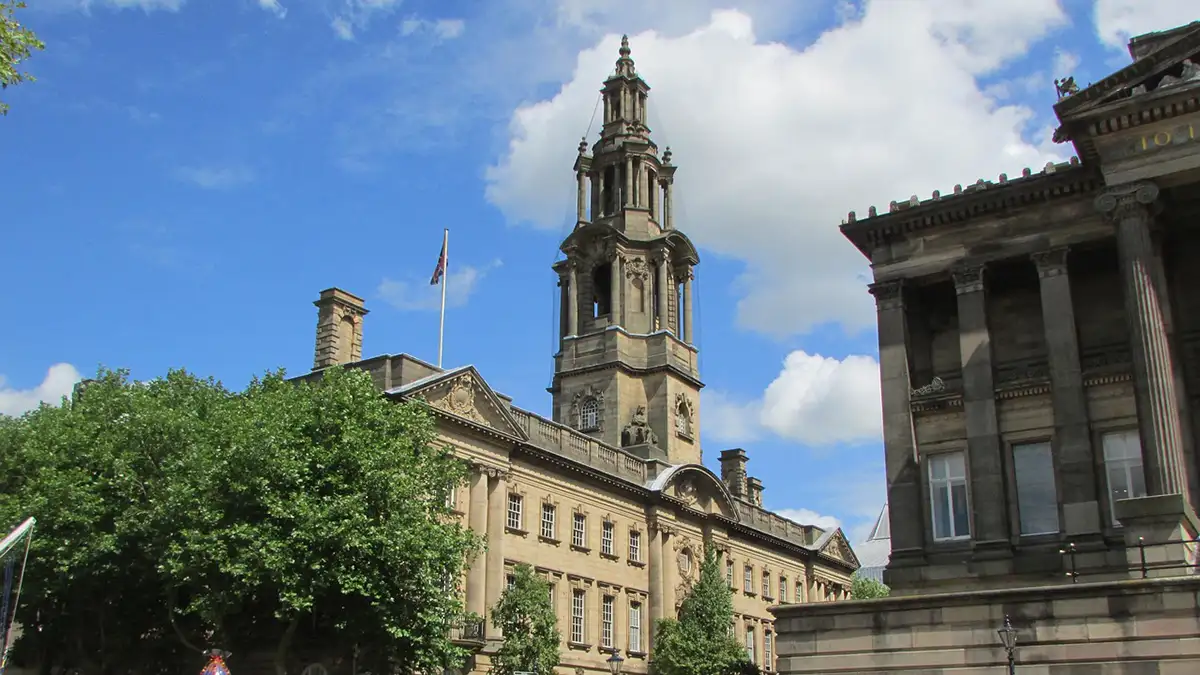Comprehensive Damp Proofing Solutions in Preston
RTC Group provides a complete range of services specifically tailored to address damp problems common in Preston homes. Dampness not only threatens the structural integrity of your property but can also significantly impact indoor air quality, posing health risks to you and your family. Our experienced team employs cutting-edge techniques and industry-leading materials to offer superior protection and lasting results.
Find out more about our dedicated Damp Proofing services for Preston homes.
Damp Proofing Services
Effective damp proofing is crucial to maintaining the integrity and safety of Preston properties. Without appropriate measures, moisture can infiltrate your property causing structural damage, unsightly damp patches, mould growth, and potential health problems. RTC Group specialises in comprehensive damp proofing solutions designed specifically to combat these issues.
Professional Diagnosis and Surveys
Our experienced surveyors utilise advanced diagnostic tools to precisely identify the root causes of dampness in your property. We provide thorough Damp and Timber Reports ensuring you receive detailed, accurate assessments.
Advanced Damp Proofing Techniques
We employ modern damp proofing techniques, including chemical injections and membrane systems, tailored specifically to the needs of your Preston home. Each treatment is carefully planned and executed, ensuring lasting protection against damp issues.
Guaranteed Results
Our damp proofing solutions come with robust, insurance-backed guarantees, offering peace of mind and long-term assurance that your damp issues have been effectively resolved.
Rising Damp Treatment
Rising damp is particularly prevalent in Preston’s older terraces and period homes, where ageing or ineffective damp proof courses (DPC) fail to prevent moisture ingress. This issue typically manifests as visible tide marks on walls, deteriorating plasterwork, and harmful mould growth, potentially exacerbating respiratory conditions. Our certified surveyors will carefully assess your property to identify and rectify rising damp at its source.
Chemical Damp Proof Course (DPC)
Our advanced chemical DPC injections create an effective barrier against rising damp, significantly improving the health of your home. If you suspect rising damp, visit our Rising Damp service page or get in touch for expert advice.
Salt-Resistant Replastering
Following DPC installation, our salt-resistant replastering ensures lasting protection from residual moisture and salts, safeguarding your walls from future damage.
Long-term Guarantees
We offer comprehensive, insurance-backed guarantees providing lasting peace of mind that your damp issues will not return.
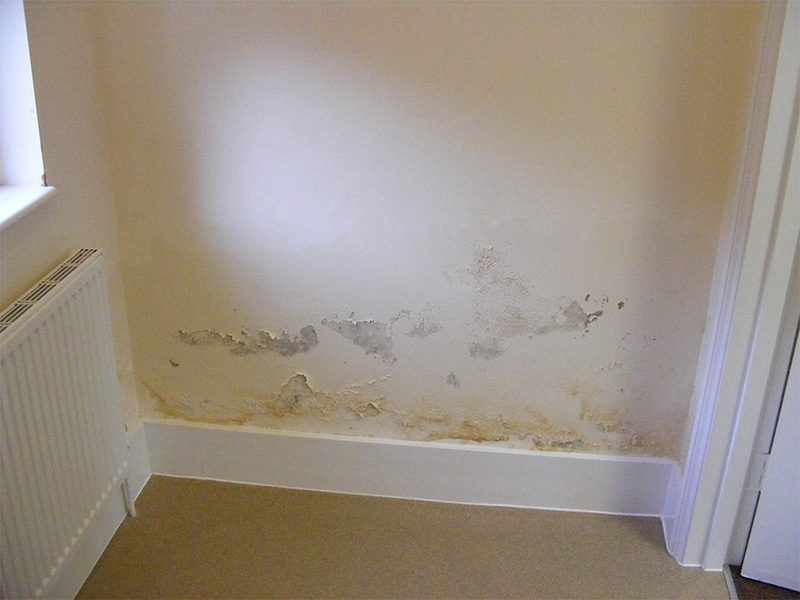
Penetrating Damp & Water Ingress Solutions
High rainfall in Preston frequently causes penetrating damp, where external moisture infiltrates your property through compromised masonry or brickwork. Left untreated, penetrating damp can lead to extensive internal damage, mould growth, and structural weakening. RTC Group offers effective, tailored treatments to protect your property from water ingress.
Exterior Masonry Waterproofing
Our masonry waterproofing services, such as Stormdry, effectively seal your exterior walls against moisture penetration, ensuring lasting protection against Preston’s climate. Find out more.
Stormdry Waterproof Treatments
Stormdry applications prevent water absorption in bricks and masonry, significantly reducing the risk of penetrating damp and subsequent internal damage.
Interior Tanking Systems
Our robust interior tanking systems provide a reliable barrier against penetrating damp, especially effective for basements and lower ground areas. Explore our Basement Waterproofing solutions.
Condensation & Mould Control
Condensation and mould are significant issues in Preston due to humid local conditions and temperature fluctuations. Persistent condensation can damage interiors and furniture, and negatively affect health. RTC Group offers comprehensive solutions to effectively manage condensation and mould.
Enhanced Ventilation Systems
Our advanced ventilation solutions, including Positive Input Ventilation (PIV), effectively manage condensation by improving air circulation and significantly reducing indoor humidity levels.
Anti-Mould Protective Coatings
We apply specialist anti-mould coatings, providing additional protection to surfaces and helping maintain a healthy, mould-free environment. Visit our Mould Removal services page for more details.
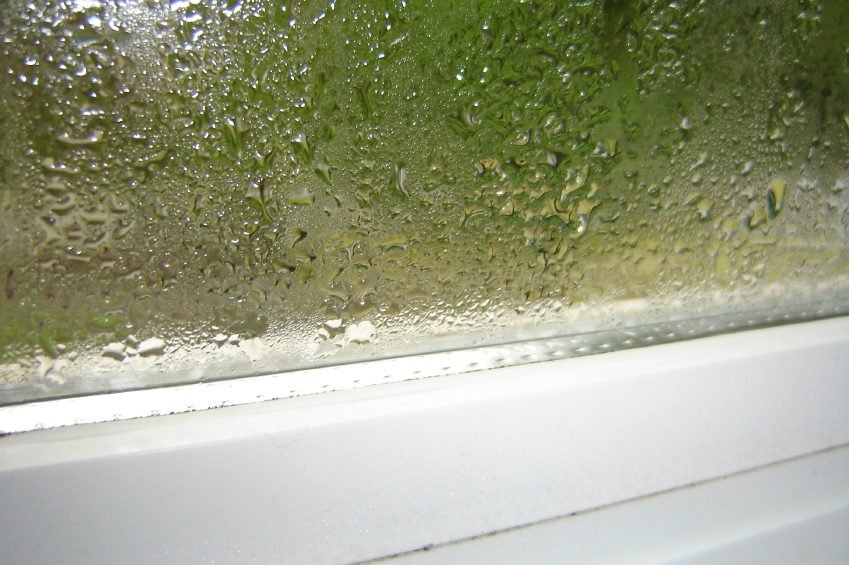
Woodworm Treatment
Older Preston properties often suffer from woodworm infestations, which, if left untreated, can compromise structural integrity. Our woodworm treatment services are swift, effective, and targeted to eradicate infestations and protect your home.
Expert Timber Infestation Eradication
Our specialists effectively eliminate woodworm infestations, protecting your timbers from further deterioration. Learn more about our Woodworm Treatment solutions.
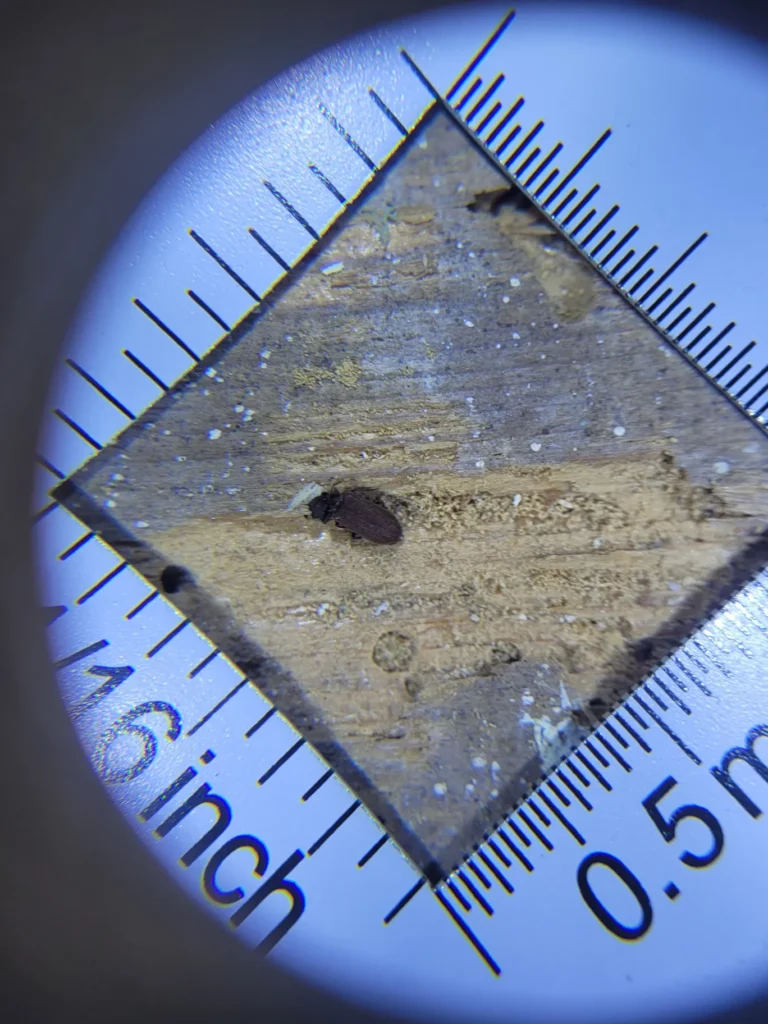
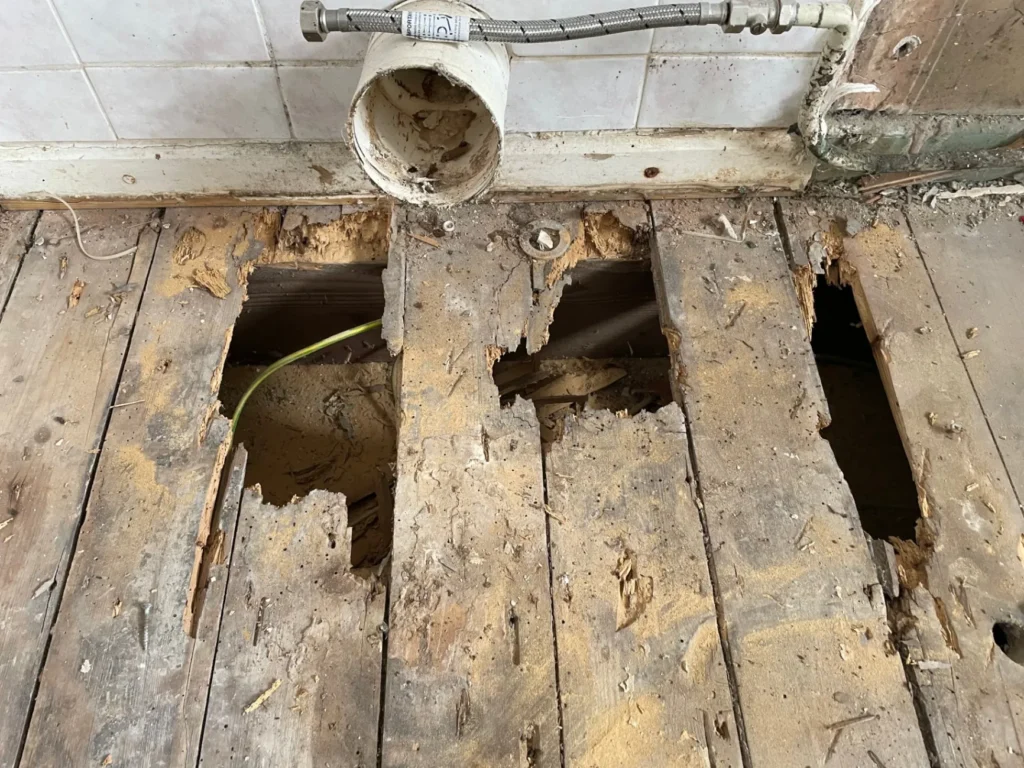
Dry Rot Treatment
Dry rot poses serious risks to timber structures within Preston properties, rapidly weakening affected areas. RTC Group provides targeted dry rot treatments that thoroughly address and eradicate the problem.
Comprehensive Dry Rot Solutions
RTC Group delivers targeted dry rot treatments designed specifically to ensure long-term stability of affected timber. Find detailed information about our Dry Rot services.
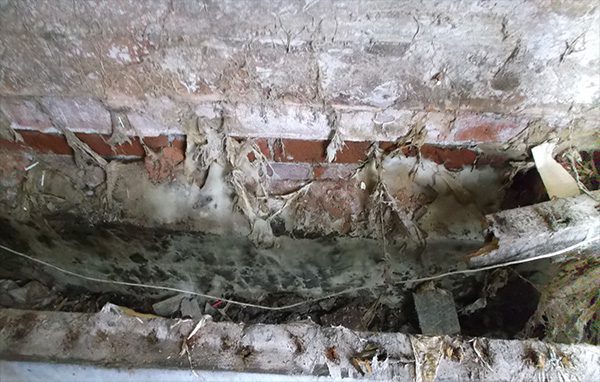
Wet Rot Treatment
Wet rot, often resulting from continuous exposure to moisture, can significantly damage timbers in Preston homes. Our specialised wet rot treatments effectively halt damage progression, restoring your property’s structural integrity.
Effective Wet Rot Solutions
We offer targeted treatments for wet rot, ensuring comprehensive eradication and long-term timber protection. Explore further details on our Wet Rot service page.
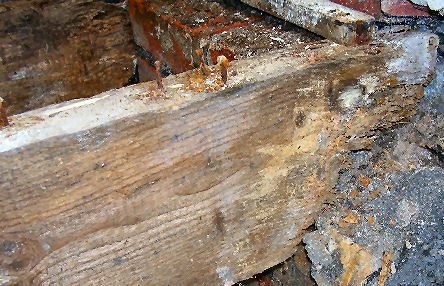
Why Choose RTC Group in Preston?
RTC Group is renowned in Preston for delivering reliable, professional, and efficient damp proofing services, backed by decades of experience, industry accreditations, and unmatched dedication to customer satisfaction. Trust RTC Group for professional, courteous, and minimally disruptive solutions.

